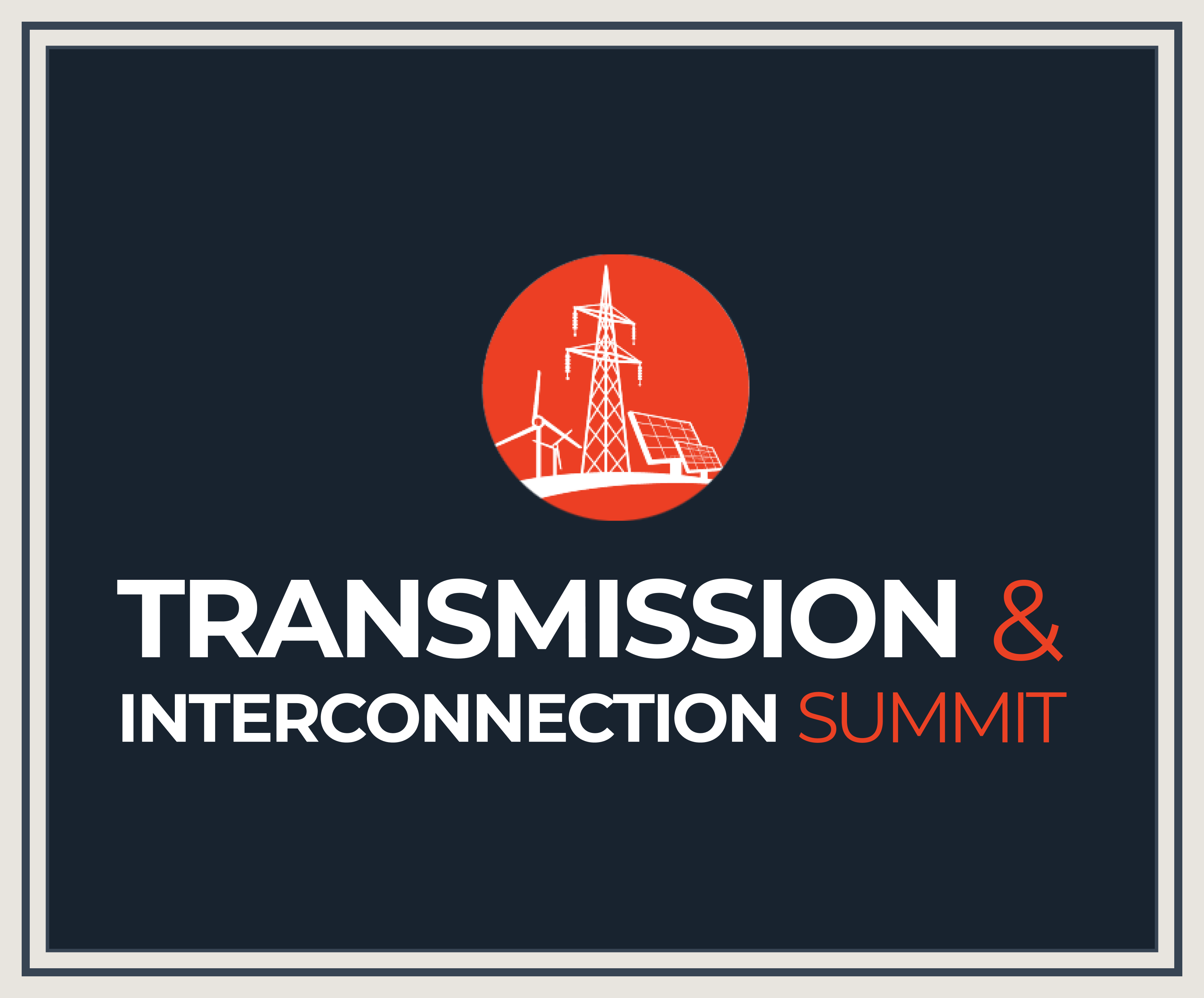
Last week, I attended the 2024 Infocast Transmission & Interconnection conference in Arlington, VA. The event brought together experts from across the energy sector to discuss the future of grid capacity, transmission planning, and interconnection challenges. The two main themes of the conference were (1) how stakeholders are reacting to FERC Order No. 2023’s interconnection and queue reform initiatives, and then how the recently released FERC Orders 1920 & 1977 could impact on how stakeholders invest into the future grid.
As someone who has been thrown into the policy, finance, and engineering deep-end of the electrical grid pool, here’s my top takeaways from the conference:
The Utterly Incomprehensible Exponential Growth in Grid Capacity Demand
In his keynote, Joe Rand from Berkeley Labs shared highlights from his Queued Up report and that there are currently 2.6 terawatts (TW) are seeking grid capacity. For context, that is DOUBLE the currently installed capacity of our contemporary grid. This explosive growth highlights the screamingly urgent need for more efficient grid management and planning. We need to rethink our entire approach to grid management, starting yesterday.
Challenges with Project Completion Rates
Good news? As Rand shared, we theoretically could triple our grid generation capacity if that 2.6TW is installed. Bad news? Historically only 20% of projects that enter the queue are completed, due to a competitive and resource-intensive process. This low completion rate is concerning and calls for improvements in the project approval and management process. If we don’t improve this process as a nation, we will just keep spinning our speculative wheels and destroying capital. This is the problem with which I have fallen in love and I hope we at Simple Thread can partner in more ways for more stakeholders
Clearing out the Cruft Through Rising Interconnection Costs
Interconnection costs have doubled, and the costs associated with withdrawn projects are also increasing. The increased costs highlight the critical need for better cost management strategies and more precise project evaluations. We can’t afford to keep hemorrhaging money on projects that don’t see the light of day. The big players who are deploying capital into this space know that this financial burden isn’t sustainable forever but it could be years until they take away the credit card.
Innovations in Interconnection Processes
It is great to see how the i2X program is trying to address how we, as a nation, handle interconnections. By improving data access, streamlining processes, and enhancing project timelines through automation, i2X is setting the stage for a more efficient future. The goal is to maintain a manageable queue of projects without sacrificing quality or speed, and it’s about time we saw such initiatives taking root.
No One-Size-Fits-All and What’s Next for FERC 1920 in light of Chevron Deference
Since the grid of the United States is not regulated by one single administrative body, this means that the regional expressions of “the grid” all have their own separated and varied concerns. For instance, RTOs like MISO optimize for reliability by raising the hurdles on the front end of the interconnection process — at the cost of being able to quickly add new equipment. In Texas, ERCOT optimizes for an accelerated interconnection process — at the risk of later curtailment. Regions like ERCOT are in a pickle, dealing with backloaded risks and a glaring lack of proactive transmission planning. This has led to cascading transmission problems that could have been avoided with better foresight. Could FERC Order 1920 have put proper oversight over the one RTO that is largely seen as having closer alignments to non-RTO jurisdictions?
Could a more strategic approach prevent these grid expansion goal issues from snowballing? If we assume that 1920 is considered as calling into question the reach that FERC has in areas like the southeast and much of the west; what comes next of the order based on the striking down of Chevron deference? How Loper should be interpreted seems up for debate, even among FERC commissioners (Phillips, Christie).
Unfortunately, a grid that MUST double in the next decade and most transmission projects take 8-12 years to complete … it might be the end customers who suffer the consequences while lawyers win by battling out in courts for the next decade.
Why Can’t You Be More Like MISO?!?
MISO has stepped up with significant reforms: from crackdowns on queue submissions, to introducing increased generator interconnection project (GIP) milestones, to capping the total number of megawatts per project. These changes are designed to unclog the queue and improve overall efficiency. With 250 gigawatts of new capacity on the horizon for MISO, these reforms are not just timely but essential for future-proofing the grid.
As such, MISO is largely held up as the not only the positive, but also the normative ideal of how RTOs should function in building out the next generation of the grid. Inversely, I was surprised by some of the publicly attributable comments leveled at PJM from panelists who were (not shockingly) from developers. Those quotes came from a vocal minority and others in later panels rose to defend PJM. Even so, after 19 grid conferences in as many months it is extremely rare to hear scorched earth public commentary. Here’s just one of the comments that were made:
“[PJM]’s projects are stagnant and the process is a complete black box.”
There are probably many reasons why the recipe of interconnection and queue reform worked better in the Midwest as opposed to the eastern seaboard. The simplest defense is that there are 45 people per square mile in MISO’s footprint. PJM has about 361 people per square mile — an 8x density problem. This is probably an overly reductive defense, but it probably doesn’t hurt to start there.
Labor Force Challenges
Newsflash! The energy sector is facing a critical shortage of skilled labor. We need specialized training programs to prepare the workforce for the demands of upcoming projects. Attracting new talent and keeping them engaged is crucial. We need to make the energy sector as appealing and dynamic as other high-tech industries to fill this gap.
We also need legacy organizations to respond to the reality that renewables developers have deeper pockets and that allows developers to beat legacy transmission operators on compensation every time. Time to update their compensation and career advancement modeling!
Automation and Software Solutions
The future of transmission planning lies in automation and cutting-edge software. These innovations are de-risking projects and taking over repetitive tasks, significantly cutting down on project timelines. The more we can leverage these tools, the more we can ensure accuracy and efficiency in our planning processes. It’s about time the energy sector caught up with the tech world.
I know that can come off as me talking my own book. Also this is not me trying to sprinkle a bunch of trendy AI dust onto longstanding problems for the stakeholders of the grid. I truly believe that there is so much opportunity in many low hanging fruit type projects. From automating basic processes, to undergoing true digital transformation, to better integrating systems, to moving into a more “agile” mindset on work. There’s so much opportunity to hit the bold goals of doubling the grid and its capacity in a decade, and I think that a significant amount of that work can be achieved through software.
Conclusion
The 2024 Infocast Transmission & Interconnection conference was a fantastic collection of people who brought a valuable set of insights and underscored the critical need for innovative solutions around the strategic planning of our grid. The energy sector is at a crossroads, and it’s time to make bold moves to meet the surging demands of the future. I know that T&I was an important step in getting us there.
Loved the article? Hated it? Didn’t even read it?
We’d love to hear from you.

